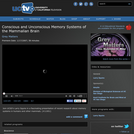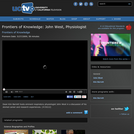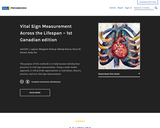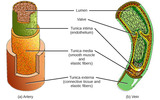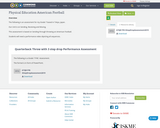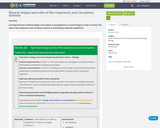Short Description:
The purpose of this textbook is to help learners develop best practices in vital sign measurement. Using a multi-media approach, it will provide opportunities to read about, observe, practice, and test vital sign measurement.
Long Description:
The purpose of this textbook is to help learners develop best practices in vital sign measurement. Using a multi-media approach, it will provide opportunities to read about, observe, practice, and test vital sign measurement. Boxes with helpful tips are provided throughout the chapters: Technique Tips provide helpful information about measurement techniques, and Points to Consider highlight key points to consider about vital sign measurements and findings.
A Chapter Summary and Printable Flashcards highlighting techniques for each vital sign measurement are provided at the end of each chapter. These printable flashcards are all located together in the textbook’s conclusion chapter.
Learners can review the full textbook or advance to sections that they have identified as areas to work on. The textbook has a self-directed format and provides an interactive and engaging way for learners to develop competence in the measurement of vital signs while integrating knowledge about anatomy and physiology.
Learners will develop knowledge about various vital signs including temperature, pulse, respiration, blood pressure, and oxygen saturation. Measurement of vital signs is a foundational, psychomotor skill for healthcare providers and students in post-secondary health-related programs such as nursing, medicine, pharmacy, midwifery, paramedics, physiotherapy, occupational therapy, and massage therapy. These measurements provide information about a person’s overall state of health and more specifically about their cardiovascular and respiratory status. These measurements can also reveal changes in a client’s vital signs over time and changes in their overall state of health. Proficiency in vital sign measurement is essential to client safety, care, and management. Measurements can influence clinical decision-making related to therapeutic interventions.
Word Count: 27599
(Note: This resource's metadata has been created automatically as part of a bulk import process by reformatting and/or combining the information that the author initially provided. As a result, there may be errors in formatting.)


